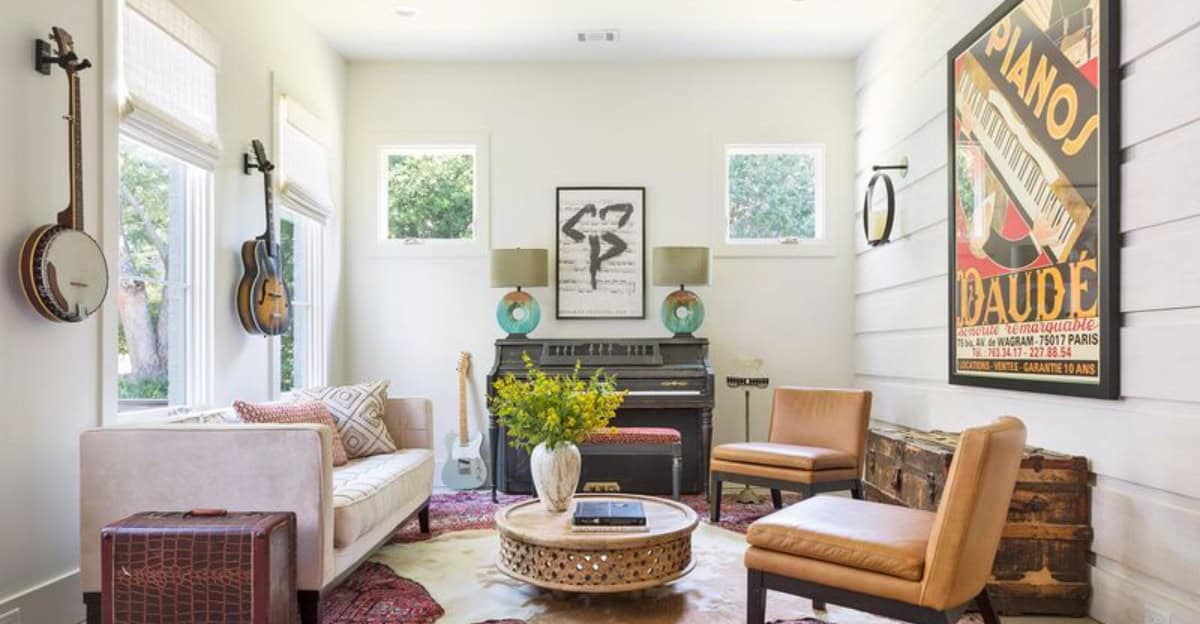The ’90s were a time of bold colors, eclectic styles, and innovative ideas that continue to inspire modern interiors.
Whether it’s the appeal of minimalism or the charm of maximalism, these tips from a ’90s decorating book can transform any space with a touch of nostalgia.
Here are 10 timeless tips that still hold up today to help you create a cozy, stylish, and functional home.
1. Embrace Bold Colors
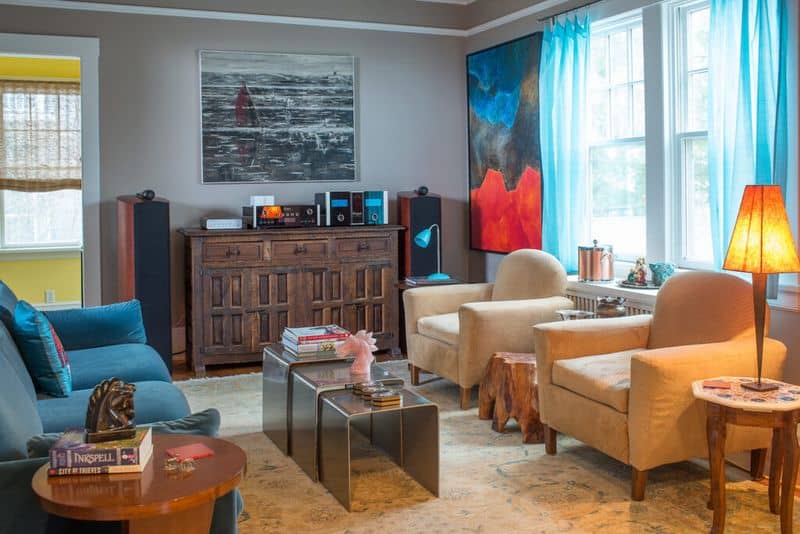
Back in the ’90s, bold colors were all the rage, bringing energy and personality into homes.
Vibrant shades like teal and magenta were often paired with creamy neutrals to create dynamic contrasts. Experimenting with color can invigorate your space.
Consider painting an accent wall or adding colorful furniture to make a bold statement. Textures also played a key role, so don’t shy away from mixing materials like velvet and leather.
This quirky combination can add depth and interest, breathing new life into any room. Dare to experiment, and let your creativity shine.
2. Mix Patterns with Confidence
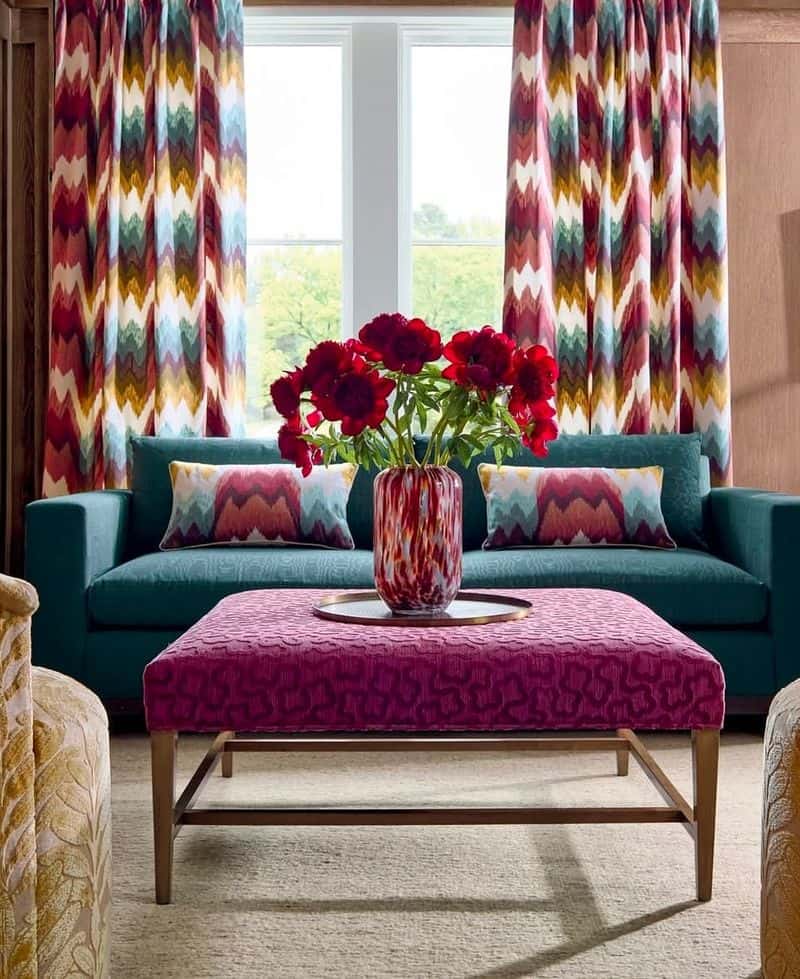
Mixing patterns was a hallmark of ’90s decor, and it’s a trend that can still refresh any space today.
Combining florals with geometric designs creates a playful and inviting atmosphere. To master this art, start small.
Use consistent color palettes to tie various patterns together. Throw pillows or curtains are great for experimenting. Textures and layers add complexity and warmth.
Think of a plush throw or an embroidered cushion to add richness. These elements can transform a simple room into a vibrant haven. Let your creativity run wild, and enjoy the lively ambiance.
3. Incorporate Vintage Finds
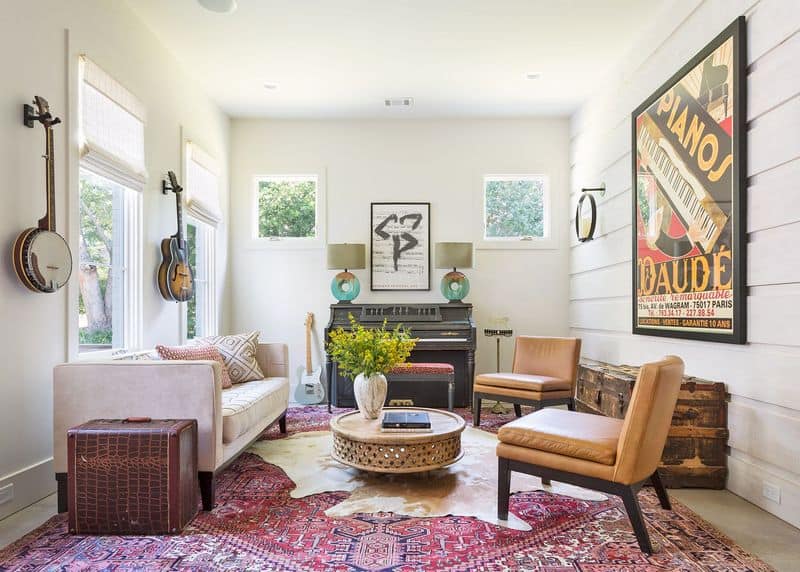
Incorporating vintage pieces adds character and a sense of history to any room. The ’90s were a treasure trove of unique finds, from retro armchairs to quirky knick-knacks.
Mixing old with new creates a balanced and intriguing environment.
Search for distinctive pieces at thrift stores or online marketplaces. These vintage treasures can serve as conversation starters or focal points in your space.
Their charm and authenticity make any room feel grounded and welcoming. Embrace the past and let it enrich your home with stories and style.
4. Layer Lighting
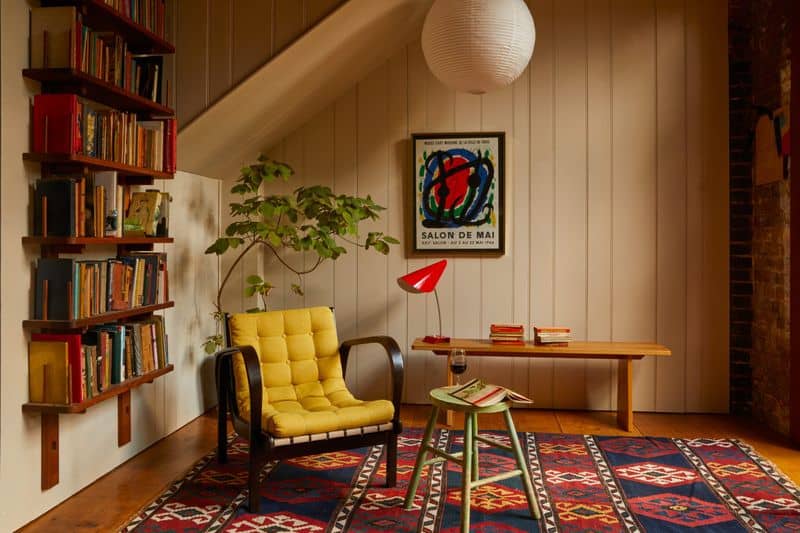
In ’90s decor, lighting was more than just functional; it was an art form. Layering various light sources, like chandeliers and floor lamps, creates ambiance and enhances mood.
Try combining different lighting types to add depth.
A chandelier paired with table lamps can create a cozy nook perfect for relaxation. Adjustable lights also offer flexibility, allowing you to change the room’s mood with ease.
Layered lighting brings sophistication and a warm glow, turning an ordinary room into a welcoming retreat.
5. Add Greenery
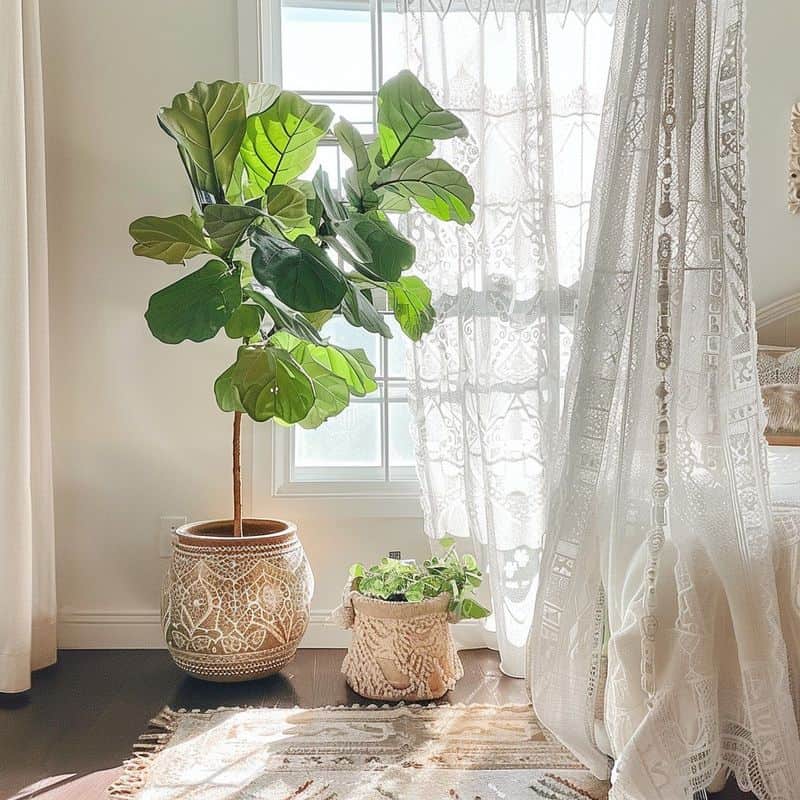
Indoor plants were a staple of ’90s decor, bringing life and vitality into homes. Lush greenery like ferns and palms not only adds beauty but also purifies the air.
Incorporate plants of varying sizes, from towering palms to petite succulents, to create a dynamic look.
Group them in clusters for visual interest. Caring for plants can be therapeutic, providing a sense of connection to nature.
Their vibrant presence can uplift your spirits, making your home feel more alive and welcoming. Embrace the natural touch.
6. Emphasize Comfort
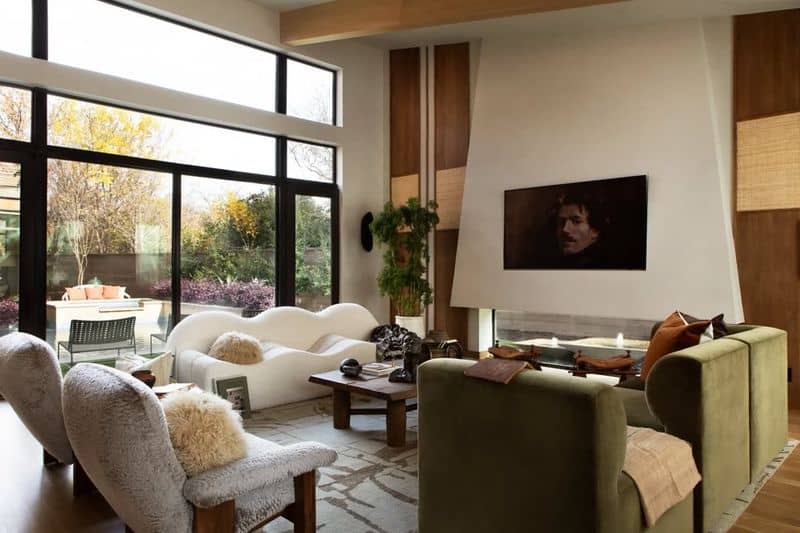
Comfort was king in the ’90s, with interiors designed for relaxation and leisure. Plush sofas, fluffy pillows, and warm throws invite you to sink in and unwind.
Choose soft materials and layered textiles to create a cocoon-like atmosphere.
Think velvet, cotton, and wool for ultimate snugness. A cozy room isn’t just about physical comfort; it also provides emotional warmth.
Invite friends and family to gather in this space, and let it be a haven of relaxation and connection. Embrace the comfort-first philosophy.
7. Experiment with Textures
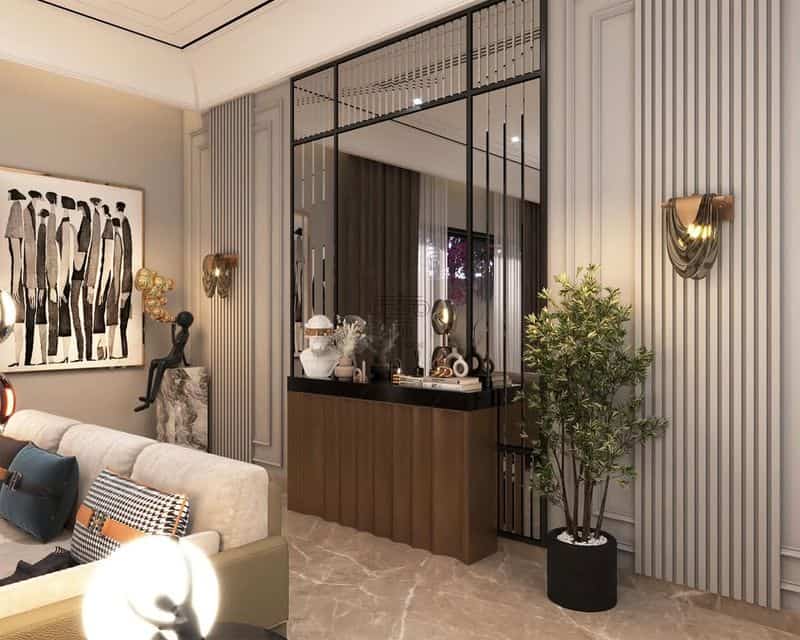
The ’90s celebrated tactile experiences with diverse textures playing a central role in design.
Mixing materials like velvet, wood, and glass adds dimension and intrigue to any space. Textures invite touch, making the room more engaging.
Consider a velvet cushion or a shaggy rug to draw interest. Don’t be afraid to mix and match. A smooth glass vase on a rustic wooden table can create a harmonious contrast.
Let textures tell a story, enhancing the room’s sensory appeal. Revel in the tactile allure that transforms ordinary spaces into extraordinary ones.
8. Create Focal Points
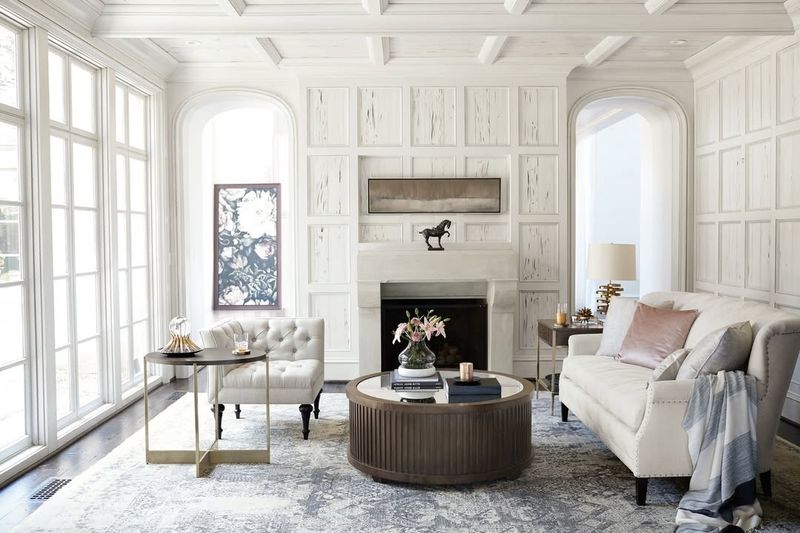
Focal points were essential in ’90s decor, drawing the eye and anchoring the design. A bold piece of artwork or a distinctive piece of furniture can serve this purpose beautifully.
Choose something that resonates with your personality, be it a vibrant painting or a unique sculpture.
Let it stand out against more subdued surroundings. The contrast highlights the focal piece, making it the star of the room.
Such intentional design choices create a cohesive look, with each element playing its part in a harmonious ensemble. Celebrate the power of a strong focal point.
9. Utilize Mirrors
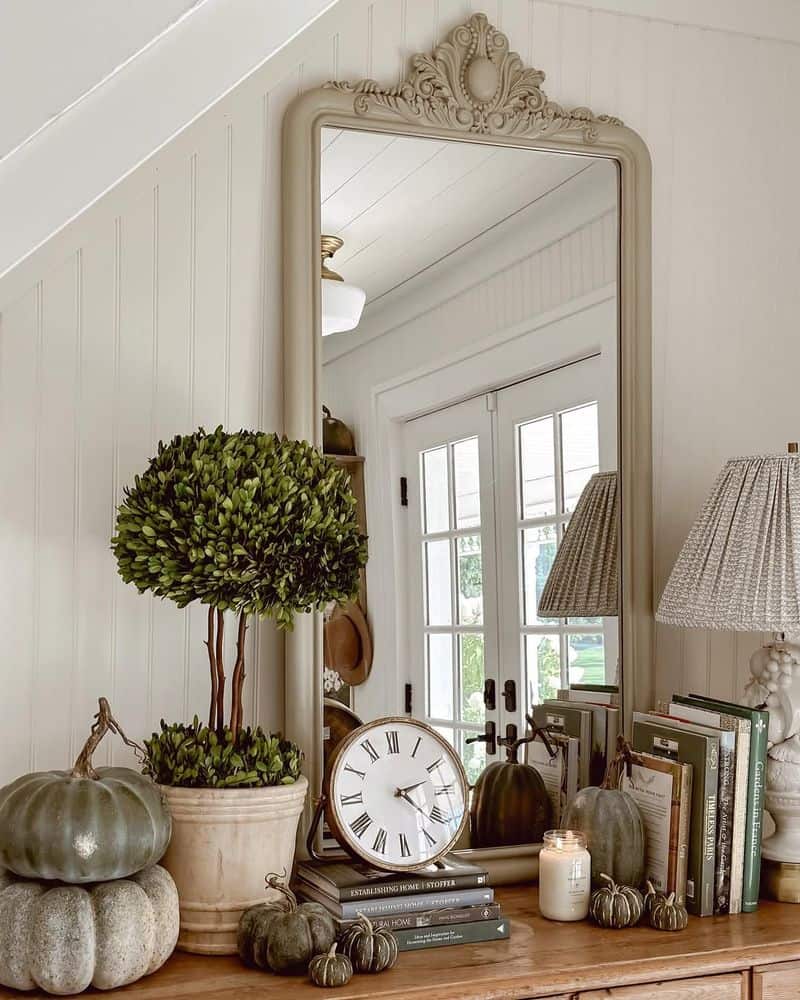
Mirrors were a clever design tool in the ’90s, used to enhance light and space. Strategically placing them can make rooms feel larger and brighter.
Consider a large mirror over a fireplace or behind a sofa to reflect natural light.
This simple trick amplifies the room’s dimensions. Mirrors also add elegance and sophistication.
A beautiful frame can double as art, making it a versatile addition to your decor. Let mirrors work their magic, opening up spaces and adding sparkle to your home.
10. Personalize with Art
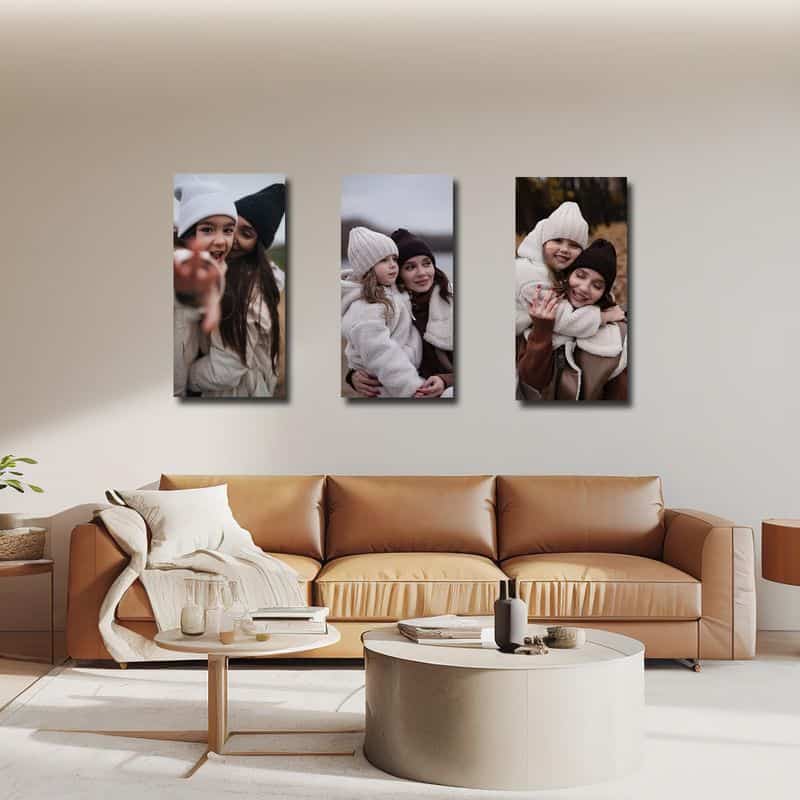
Art was a vital expression of individuality in the ’90s, allowing homeowners to inject personality into their spaces. Whether it’s a collection of eclectic posters or a singular, striking canvas, art adds flair.
Curate pieces that speak to you, creating a gallery that reflects your unique tastes. Mix styles and mediums for a dynamic display.
Art is more than decoration; it’s a conversation starter that reveals your passions and interests. Let it personalize your home, weaving a tapestry of creativity and character.

